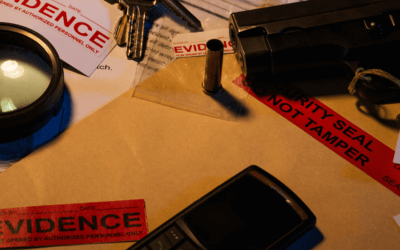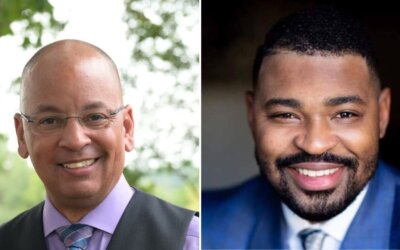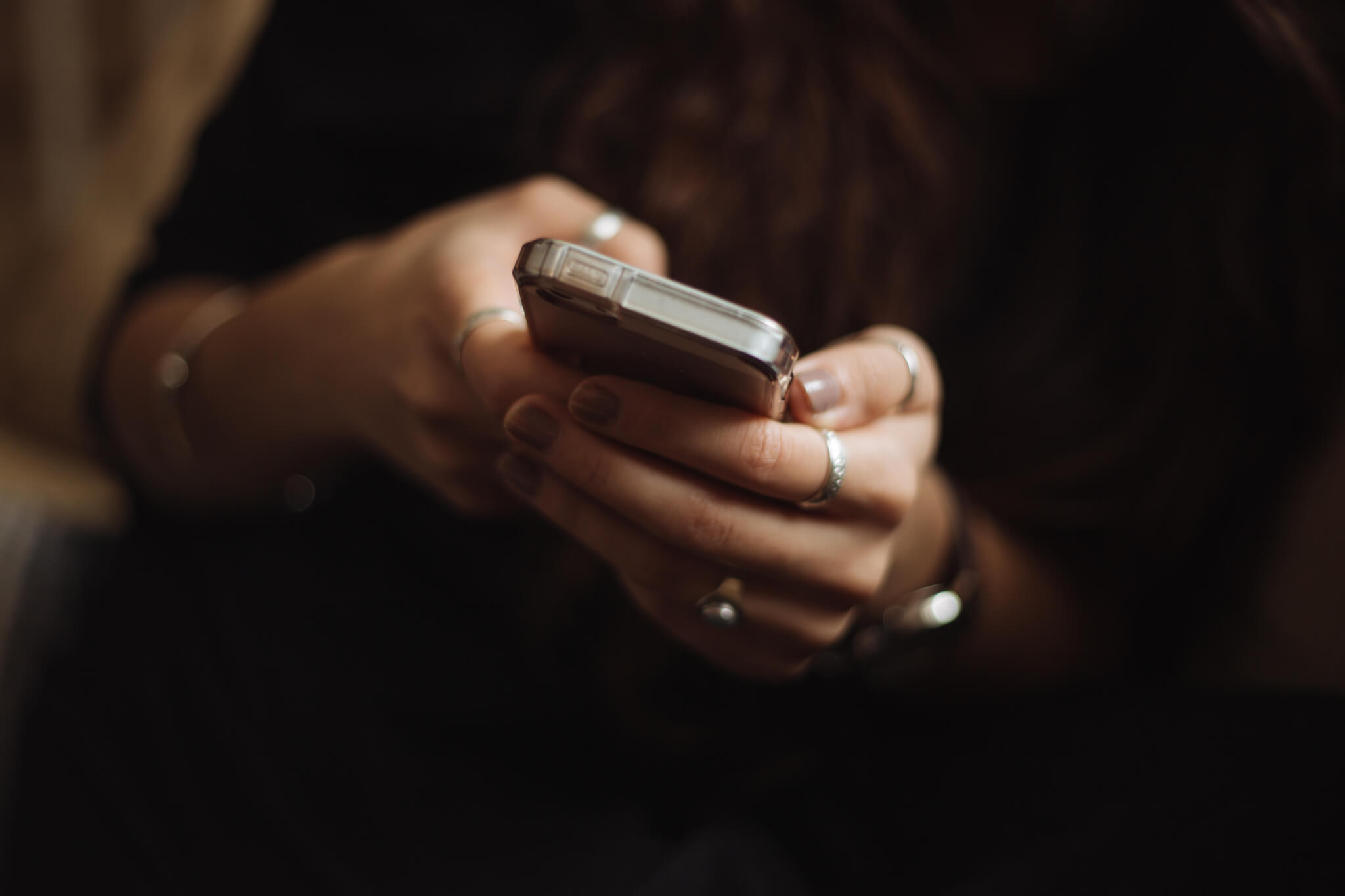
Photo by Priscilla Du Preez on Unsplash
The 988 system in Virginia has seen “a lot of improvements” but still faces some issues
by Meghan McIntyre, Virginia Mercury
Last summer, the 988 hotline for mental health emergencies launched in Virginia and nationwide as part of a federal effort to create a more streamlined approach to accessing crisis support for those in immediate need.
After an initial spike in 988 calls during its rollout, 988 Suicide & Crisis Lifeline data shows the commonwealth now receives an average of almost 6,000 calls a month – up from over 4,300 a month in the year prior.
Bill Howard, director of the Crisis Supports & Services division with the Virginia Department of Behavioral Health and Developmental Services (DBHDS), said the average rate of 988 calls answered in Virginia has greatly increased over the past two years as well.
Virginia’s mental health hotline launches amid fears it won’t meet expectations
Howard said approximately 52% of the calls were answered in Virginia in January 2021 through the National Suicide Prevention Lifeline – a longer, harder to remember number that was replaced by 988 on July 16, 2022. As of May this year, he said, Virginia answered 92% of the 988 calls received.
“It’s a challenge, but we’ve seen incredible gains in just the one year in the ability to answer calls, [and] the number of people we’ve been able to support,” said Howard.
While state officials and experts say Virginia has made advances over the past year with its 988 services, they agree the capacity to dispatch and connect local crisis services and resources to callers still remains limited in areas across the state – which could result in longer wait times and frustrated callers.
Additionally, said Bruce Cruser, executive director of the state’s affiliate of Mental Health America, an advocacy group for behavioral supports and services, the goal of 988 is to not only connect people with an immediate response over the phone and potentially dispatch crisis units, but to connect them with community mental health resources they can access moving forward.
“We don’t have yet this continuum of care through Virginia in the community,” Cruser said. “So it means 988 is limited in some of its goals.”
‘Growing Pains’
The challenges arising from connecting 988 callers to local crisis units and mental health resources primarily stems from a limited centralized database of which local crisis care and community health services are available across the state – making it more difficult to determine what local resources or agencies are available near the caller’s location.
The database, Howard said, would be in collaboration with DBHDS’ regionalized community service board system – composed of state- and locally-funded agencies tasked with providing crisis care services – to further streamline the process. The department just recently launched the database in its Region 5 community service board, which covers the Greater Tidewater and Hampton Roads area.
“It’s a transition, Howard said, “so some areas are more ready than others.”
Cruser also emphasized the need for local mental health resources in the database so that callers to 988 can continue to access care after the call, such as being directed to a local warm line – essentially the 988 equivalent for non-emergency mental health support – like the one for Mental Health America.
He said he’s heard of people calling his organization’s warm line because people they called at 988 “weren’t familiar with the resources in their area” or “didn’t help much.”
“I think it still has growing pains,” Cruser said. “They’ve had a big challenge staffing up to get enough on board and they are still building out the system.”
Amy Erb, senior director of Region 4 programs with the Richmond Behavioral Health Authority, said her region is still facing workforce challenges, just like last year,but has been recruiting heavily for its crisis and direct care positions.
“The impact, I think,is that it takes longer to fill these positions than it did in the past,” Erb said.
Another issue is that if a Virginia resident calls 988 but their number has an out-of-state area code, they will be connected to a call center in that state instead of one of the two in Virginia, PRS in Northern Virginia and Frontier Health in Johnson City, Tennessee.
The FCC is now considering changing “how that routing mechanism works so that it can maybe be routed by a cell phone tower or some other mechanism,” Howard said.
‘A Good Entry Point’
Even though Virginia has room for improving its 988 services, the development of its call centers was ahead of the curve compared to other states when it became the first in the nation to implement a 988 service fee in 2021.
The fees, collected from wireless carriers, all go towards the state’s Crisis Call Center Fund to support crisis intervention services and crisis care coordination for those accessing 988.
Kenneth Shook, associate director of the health and human resources division at the Virginia Department of Planning and Budget, said in the current budget the fund is contributing over $4.7 million in fiscal year 2023 and over $9 million in fiscal year 2024.
Overall, Howard said, Virginia is at a “good entry point” a year after launching 988 with the goal of it becoming a “one stop shop for support in relation to your mental health needs.”
The 988 system in Virginia has seen “a lot of improvements,” Cruser said. “But at least from what we hear, they still have some issues they need to deal with.”
Virginia Mercury is part of States Newsroom, a network of news bureaus supported by grants and a coalition of donors as a 501c(3) public charity. Virginia Mercury maintains editorial independence. Contact Editor Sarah Vogelsong for questions: [email protected]. Follow Virginia Mercury on Facebook and Twitter.
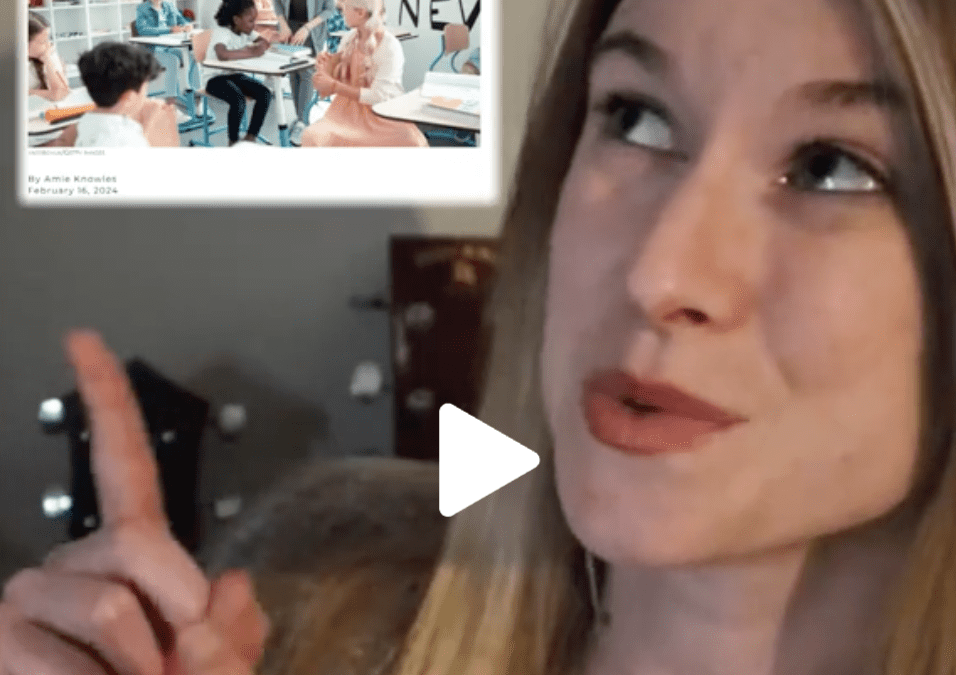
VIDEO: Your support matters!
Your support matters! Donate today. @vadogwoodnews Your support matters! Visit our link in bio to donate today. #virginianews #virginia #community...
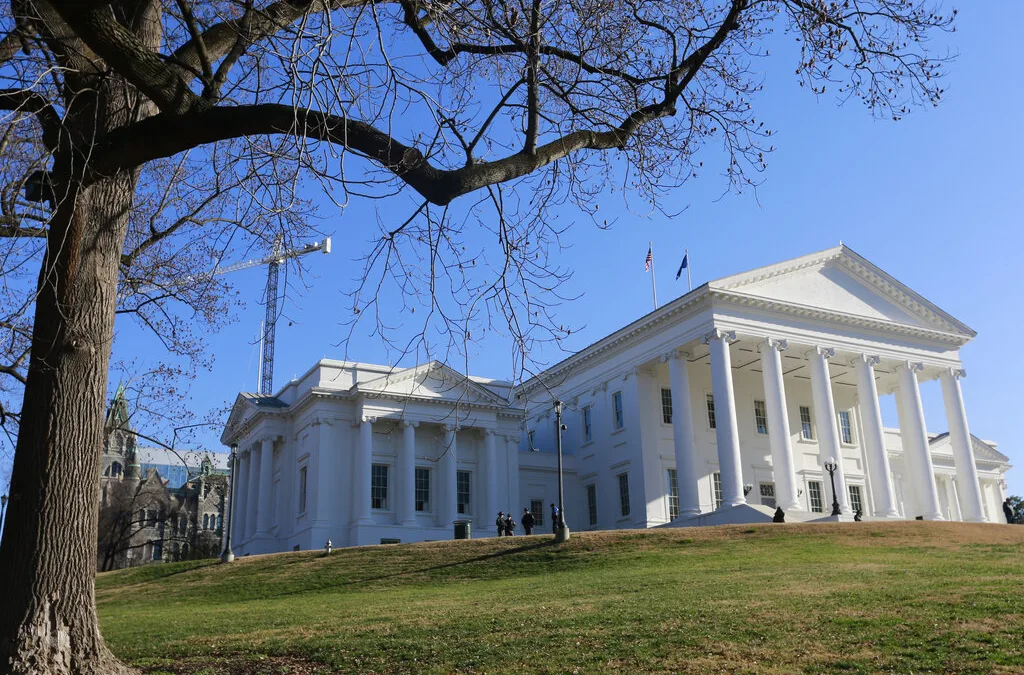
Op-Ed: Virginia’s new Democratic majorities pass key bills to improve your lives, but will Youngkin sign them?
The 2024 Virginia General Assembly regular session has wrapped up. It was a peculiar session from the outset, with Democratic majorities in the...
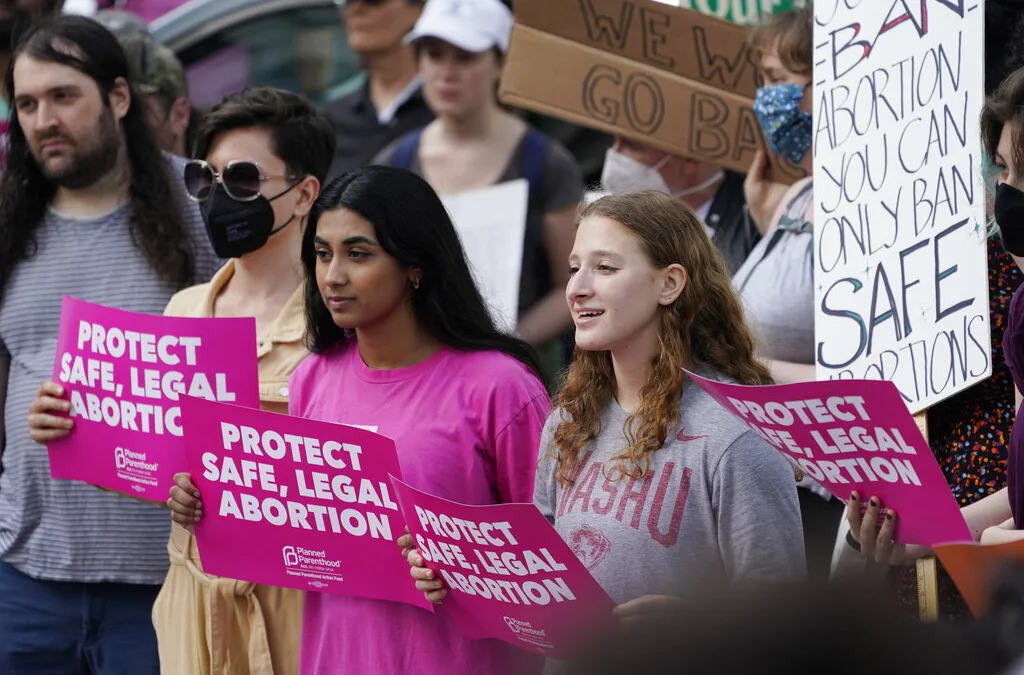
Op-Ed: Why Virginia Needs A Constitutional Amendment Protecting Reproductive Freedom
Virginia’s recent election season in 2023 drew in eyes from all over the country. Reproductive freedom was on the line and Virginia remained the...
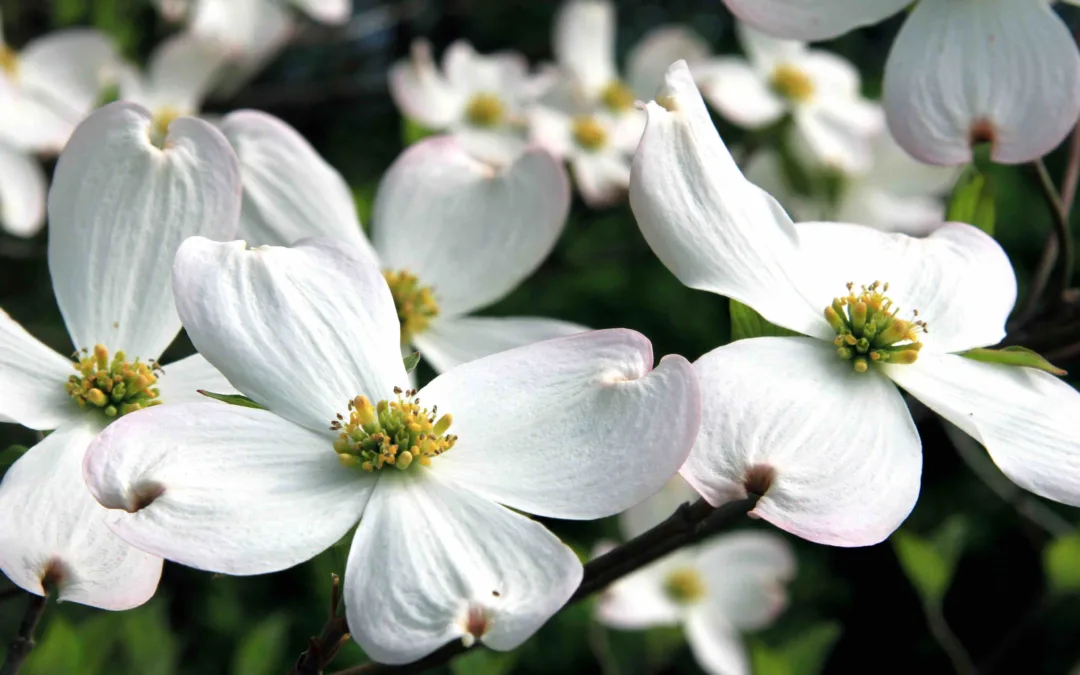
From the state rock to the state flower, here’s how Virginia got its symbols
Have you ever wondered why the Dogwood is the state flower? Or how the cardinal became the state bird? We’re here to answer those questions and more...

VIDEO: Second-gentleman Douglas Emhoff gives speech on reproductive freedom
Second gentleman, Douglas Emhoff touched on reproductive freedom not only being a woman's issue but "an everyone's issue" during the Biden-Harris...
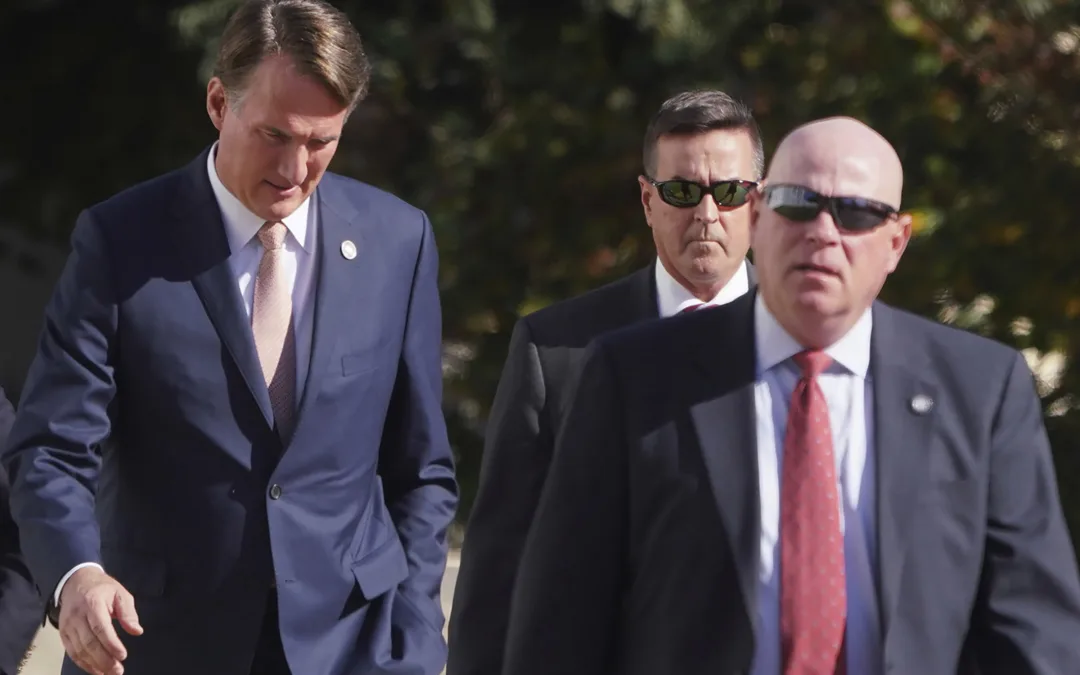
Glenn Youngkin and the terrible, horrible, no good, very bad night
Election Day 2023 has come and gone, and while there are votes to be counted, one thing is perfectly clear: Virginians unequivocally rejected Gov....



